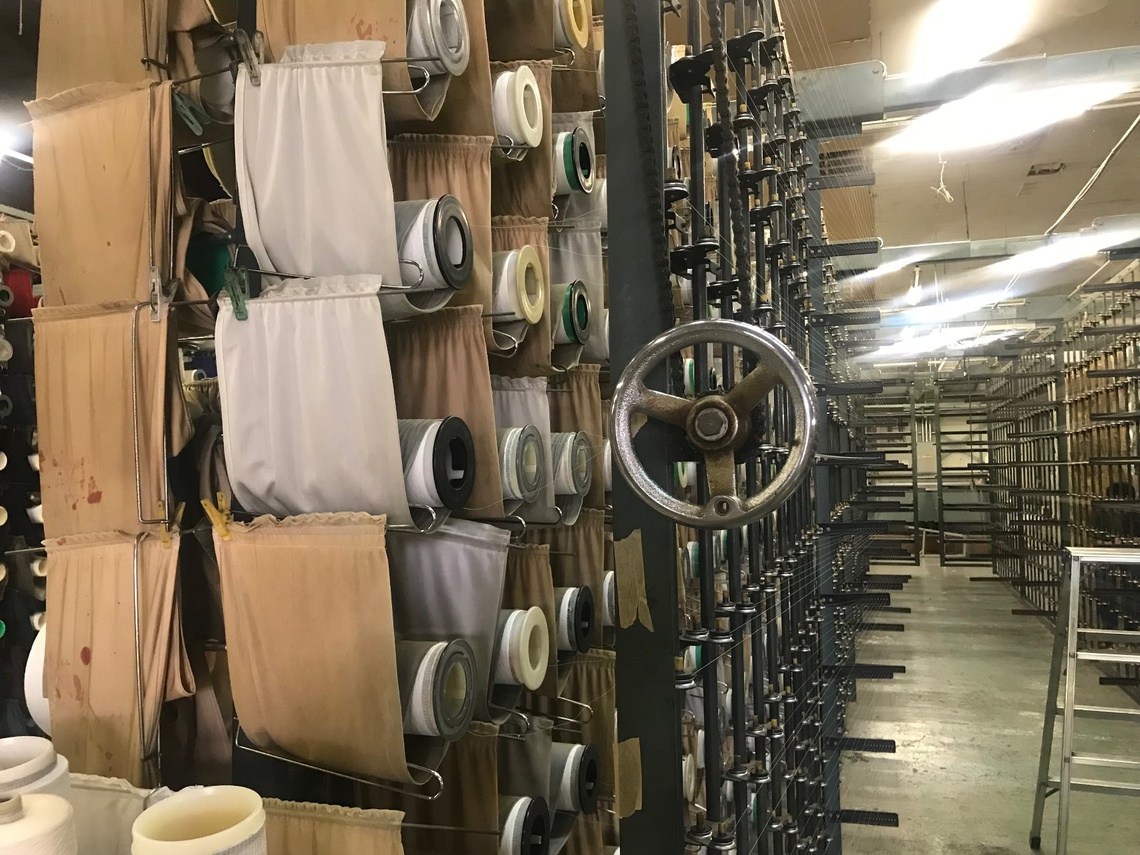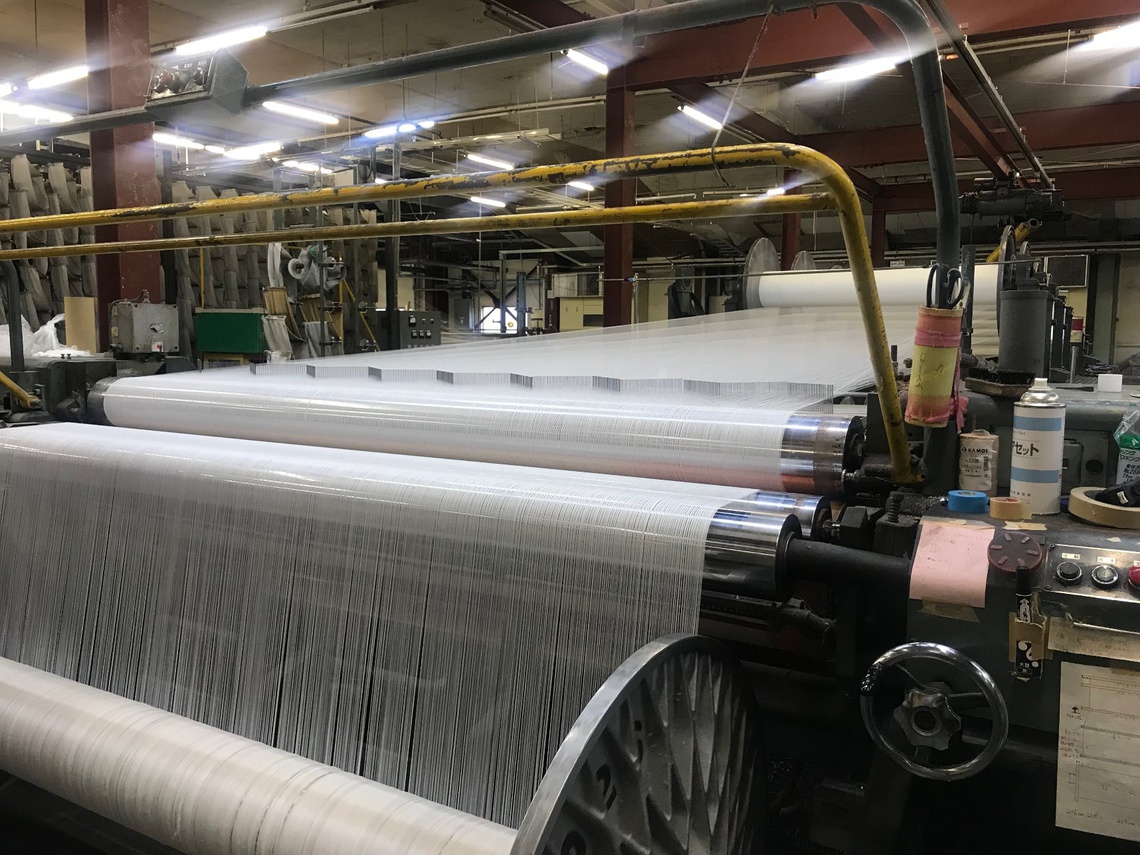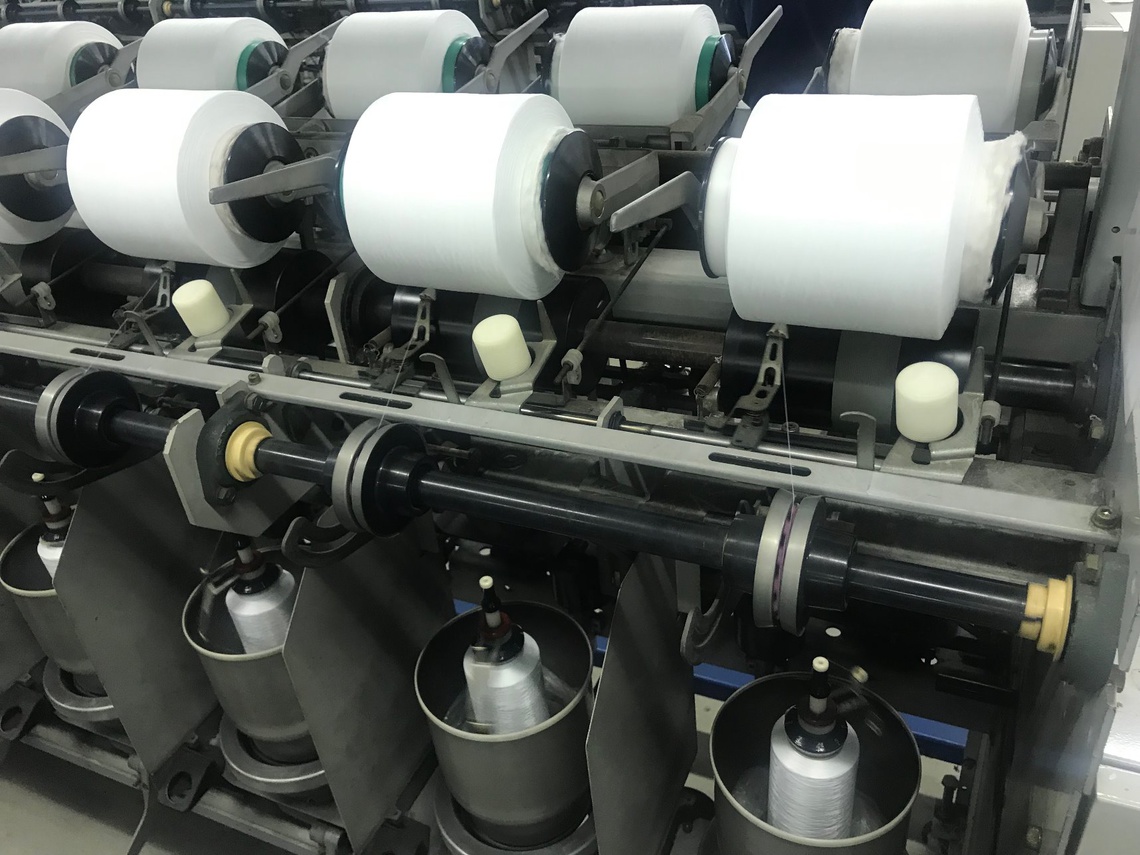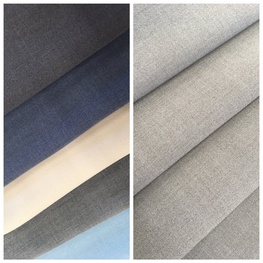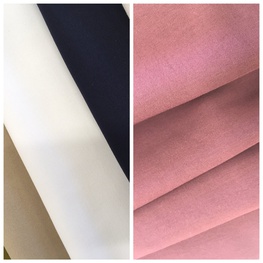A must have for a super long seller
30 years from "Singousen"
The people in Niigata I know love to sing and eat anyway. He is good at entertaining people, and when he praises local things he looks really happy. Division 82 was once established as a specialized team that deals only with Niigata synthetic fibers. I visited such a manufacturer, who has a very old and long relationship.
A specialist manufacturer who makes MELANG double cloth and RELAXION toro , a super long seller of section 82.
Japan was leading the development of synthetic fibers in the latter half of the 1980s when it was called the Shin-Gosen Boom.
The name "Singousen" was known overseas.
It was divided into silky (silk texture and drape), dry touch (linen texture), and worsted (wool-like), and advanced technologies such as irregular cross-section yarn and alkali weight reduction processing. The texture that is inferior to natural fibers and the easy-care property unique to synthetic fibers would change the lives of people at that time and would have been a shocking appearance.
As time went by, many wonderful materials made in Japan were moved overseas by the Japanese.
The fabric requires a lot of processes from raw materials to yarn, twisting, weaving, dyeing, but the careful and time-consuming work involved in each process was generously passed on overseas, and now we can use it with peace of mind. Items can be produced overseas without any problems. Of course, it also affects costs. Cheap good things. If cheap, many people can pick up the product and incorporate it into their lives.
So, making in Japan, made in Japan, must be possible only in Japan?
With the introduction of automatic looms, the process of making dough, and actually weaving, requires very little human intervention. As efficiency increases, prices drop, so you can only see a few people in a mass-produced factory. What requires human intervention is the process of changing settings. There is a necessary quantity called a lot for the production of everything. The more efficient the product, the larger the lot, and the same product is produced in large quantities. On the other hand, in Niigata, we introduced many analog looms called rapier looms in order to support small-lot production (in synthetic fibers,... ).
Although production efficiency drops, we are making dough with a slightly relaxing machine that can make various materials according to demand.
Another characteristic of this production area is that it is good at stretching. The stretched material tends to shrink after being stretched, so the width often shrinks during the dyeing process. Therefore, it is necessary to weave with a loom wider than usual. When it comes to looms with a width of more than 2 m, stretch materials that can only be made with this loom are very rare and are often queued.
Section 82 always thinks that "fashion is not just for people who like clothes".
4 hours one way from Nagoya!
Niigata Prefecture is famous for its polite manufacturing, such as Uonuma's rice production area, and Tsubamesanjo's leading manufacturers of cutlery and hardware. The dough is the same as rice and sake, and it is made near a river with clean water. = Whenever you visit, you will definitely get good sake!

